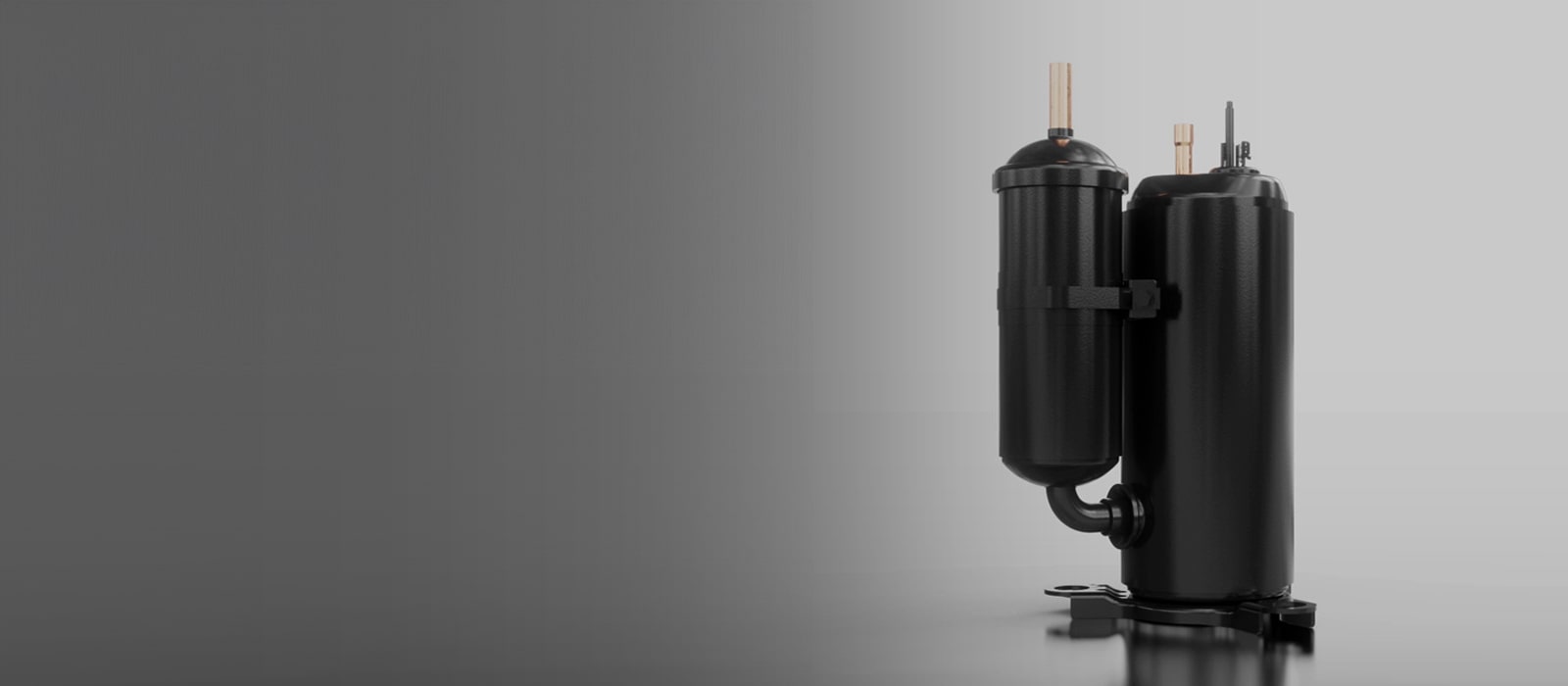Residential air conditioners can largely be divided into two types: non-inverter and inverter air conditioners.
The difference between the inverter air conditioner and the existing non-inverter air conditioner is the compressor’s speed. A non-inverter compressor has a fixed-speed compressor, whereas an inverter air conditioner has a variable speed compressor, implying that in a non-inverter compressor, the compressor's speed remains fixed, but in an inverter air conditioner compressor’s speed fluctuates.
In the case of a non-inverter, the compressor rotates 60 times per second regardless of the target temperature setting . Let’s assume that it is 28℃ indoors, and you have set the cooling temperature to 18℃ for faster cooling. In this case, despite the huge difference between indoor temperature and target temperature, the non-inverter air conditioner still cools at its usual speed due to its fixed speed compressor, which generally compresses at a speed of 60RPS (Rotations Per Second). Hence, the air conditioner takes time to reach the desired temperature reducing its efficiency.
On the other hand, in the case of an inverter air conditioner, the compressor can increase its speed for faster cooling, shortening the time taken to reach the desired temperature.
Similarly, assuming that the room temperature is 20℃, and the target temperature is set at 18℃. The non-inverter compressor still compresses at a speed of 60RPS to cool the room only by 2℃, which translates to unnecessary power consumption.
However, in the case of an inverter air conditioner, if a cooling of about 2℃ is required, the compression speed of the compressor is lowered automatically to save power consumption.








